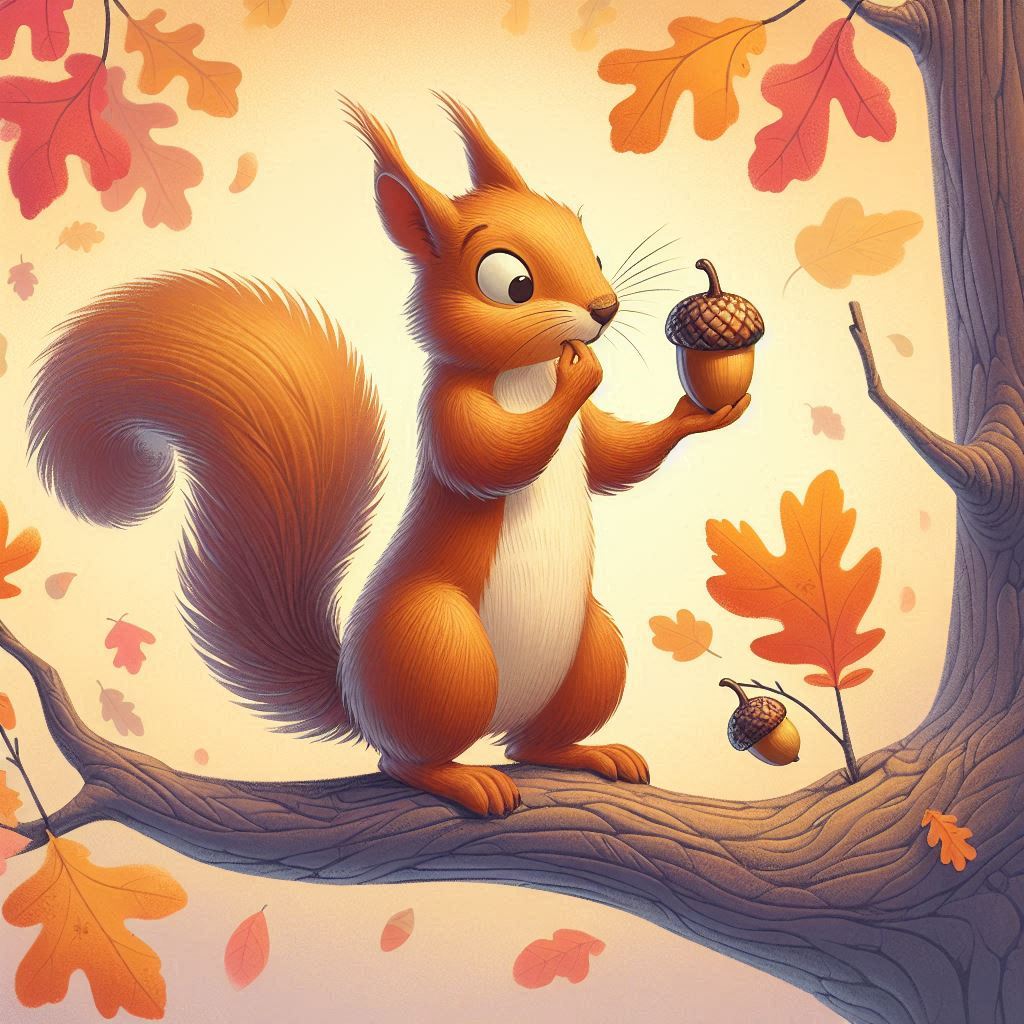Pinterest isn’t just a place for planning the perfect wedding or finding home decor inspiration. It’s become a powerhouse for affiliate marketers looking to tap into a visual and highly engaging platform. With its ever-growing user base and visual-centric approach, Pinterest is like a dream come true for promoting products and driving sales.
You might be wondering, can I really do affiliate marketing with Pinterest? Absolutely! It’s a natural fit for anyone with an eye for great products and the knack for storytelling through images. Unlike other platforms, Pinterest users are often in search mode—they’re hunting for that next big idea or product, so the audience is ready to explore and, importantly, buy.
The advantages of using Pinterest for affiliate marketing are plentiful. It’s not just about the visuals; it’s about the intent. Users often come to Pinterest to make decisions on purchases, which means they are more likely to click through and check out what you’re promoting. Plus, pins have a longer shelf life compared to posts on other platforms, often gaining traction long after they’re published.
Let’s take a look at some successful examples where people have nailed affiliate marketing on Pinterest. Think of those mood boards filled with workout gear, beauty products, or kitchen gadgets—all perfectly curated and linked to earn commissions. These success stories show that with a bit of creativity and strategic thinking, Pinterest can be your affiliate marketing playground.
Kick-starting Your Affiliate Journey on Pinterest
Wondering how to get started with affiliate marketing on Pinterest, especially if a personal website seems like a daunting endeavor? Breathe easy, because it’s absolutely possible to dive in without a website. All you need is a Pinterest account, a well-planned strategy, and a sprinkling of creativity.
Let’s break this down step by step. First up, it’s crucial to familiarize yourself with Pinterest’s affiliate marketing guidelines—this ensures that your efforts don’t hit a brick wall. Pinterest allows affiliate links, but they frown on excessive spamming. This means keeping it subtle and integrated naturally within your content.
Don’t have a website? No problem! Start by signing up with affiliate programs that permit Pinterest marketing. Look for programs that resonate with your interests or niche to make things more authentic and engaging. Once you’re in, get creative! Curating boards around specific themes or product categories is a surefire way to draw users in and keep them browsing.
Choosing the right affiliate programs to promote on Pinterest can make all the difference. Focus on quality over quantity, working with brands and products that you believe in. This authenticity will shine through and can significantly boost your credibility and conversions. Successful affiliate marketers often say it’s this alignment of interest and authenticity that keeps followers loyal and engaged.
Remember, Pinterest is a visual platform, so your pins need to do justice to the products you’re promoting. This involves not just aesthetic appeal but strategic integration of your affiliate links in a way that’s informative and not pushy. Build your boards and pins thoughtfully to stand out and attract clicks from engaged users on the hunt for something special.
Crafting Compelling Pin Strategies for Affiliate Success
Creating pins that not only catch the eye but also inspire action is the magic sauce for affiliate success on Pinterest. It’s all about compelling visuals paired with powerful descriptions to make your audience want to click and explore more.
Start with the design aspect. Use bright, high-quality images that showcase the product in its best light. You’re not just throwing up a product photo; you’re telling a story with each pin. Tools like Canva provide great templates to help non-designers create stand-out visuals. Think of your pin as a mini-billboard—what message or image would stop someone from scrolling?
Next comes crafting the perfect pin description. This is where you pack in keywords that connect with what users might be searching for. But remember, keep it human and relatable. Your description should feel like a friendly suggestion, not a hard sell. Include a call-to-action to encourage clicks, like ‘shop the look’ or ‘read more for details’.
Ever heard of Pinterest’s SEO best practices? They involve using searchable keywords in your pin titles and descriptions to boost visibility. This helps your pins appear in relevant search results. Spend a bit of time researching keywords that are trending in your niche and incorporate them naturally in your content.
Now, let’s talk about affiliate links. Integrate these ethically and with a helpful approach, ensuring they enhance the user experience rather than disrupt it. The key here is transparency. Let users know what they’re clicking on, building trust and encouraging them to take action. Remember, the goal is to connect your audience with products they’ll love, not to bamboozle them with links.
Maximizing Earnings: How to Make Money on Pinterest
Making money on Pinterest isn’t just a fantasy—it’s a tangible opportunity if you know how to tap into it. Whether it’s through direct affiliate marketing or other creative strategies, there are plenty of ways to turn your pinning passion into a steady stream of income.
Ever thought about the diverse ways to monetize on Pinterest? Some users incorporate affiliate marketing alongside other tactics like selling their own products, offering online courses, or even monetized blog content that they promote through Pinterest. Diversifying your income stream keeps things dynamic and enhances earning potential.
Building a loyal follower base is essential. It starts with consistently pinning valuable and engaging content that resonates with your audience. Patience is key here—authentic engagement and audience trust will pay off over time. As your followers grow, so does your potential to earn from clicks and conversions.
Pinterest Analytics is your secret weapon for refining your strategies. Dive into the data to understand which pins are performing well and why. This insight lets you tweak your content and focus on what works best. It’s about iterating and adapting—successful affiliate marketers know this dance well. Imagine it like tuning a radio station to get the perfect sound; small adjustments can make all the difference.
Don’t shy away from joining group boards relevant to your niche. Collaborating with other pinners can significantly boost your pins’ reach and attract fresh eyes to your affiliate links. It’s a community out there, and building relationships with other creators can open up new opportunities and ideas.
Amazon Affiliates & Pinterest: A Dynamic Duo
Being an Amazon affiliate is a tried-and-true method to monetize online. Pair this with Pinterest, and you’ve got a match made in affiliate heaven. It’s all about turning those product pins into compelling showcases that users can’t resist exploring more.
First, it’s important to grasp how to effectively showcase products through your pins. Consider contexts where the product shines—like real-life examples or styled photo sets that show how items can be used. This practical approach not only boosts interest but also gives potential buyers a visual on why they need what you’re promoting.
Creating niche boards focused on specific categories, products, or themes helps organize your content and attract the right audience. Think about seasonal boards or specific hobbies—it’s about catering directly to what viewers are looking for and making it easy for them to find and engage.
Keep an eye on the conversions and optimize for Amazon’s platform. Understanding which pins drive the most traffic to purchase pages can guide where to focus your efforts. Sometimes the smallest tweaks in how you describe a pin or adjust its placement can bring in better results.
Finally, it’s all about consistency. Regular pinning keeps your boards active and your followers engaged. Remember, the Pinterest algorithm favors fresh content, so keep updating and interacting within the community. Consistency and creativity are your allies here as you grow your Amazon affiliate earnings through Pinterest.
Ready to start learning more about Affiliate Marketing? Check out my review of the training platform i used by clicking here.
“Here’s a little transparency: Our website contains affiliate links. This means if you click and make a purchase, we may receive a small commission. Don’t worry, there’s no extra cost to you. It’s a simple way you can support our mission to bring you quality content.”





